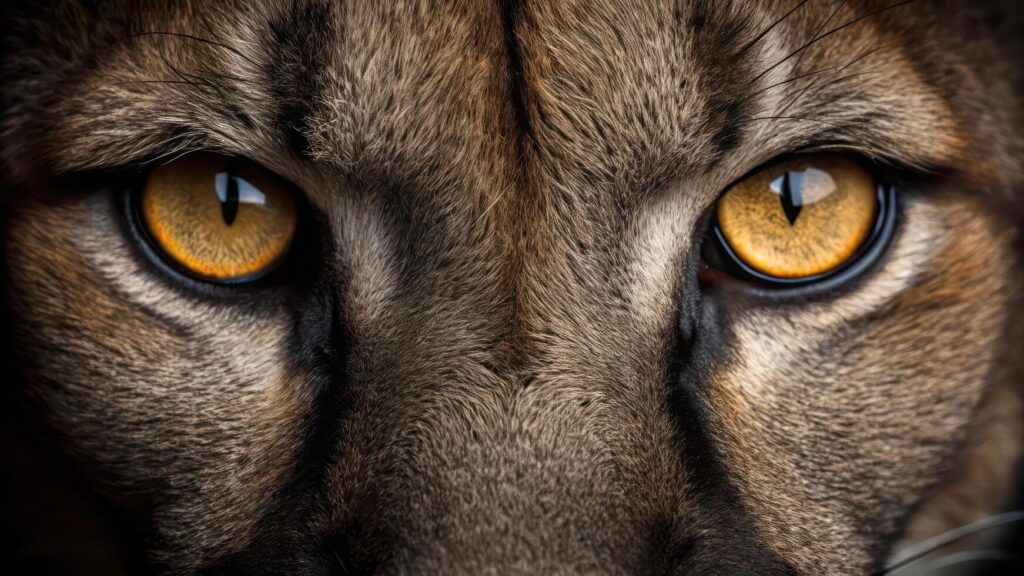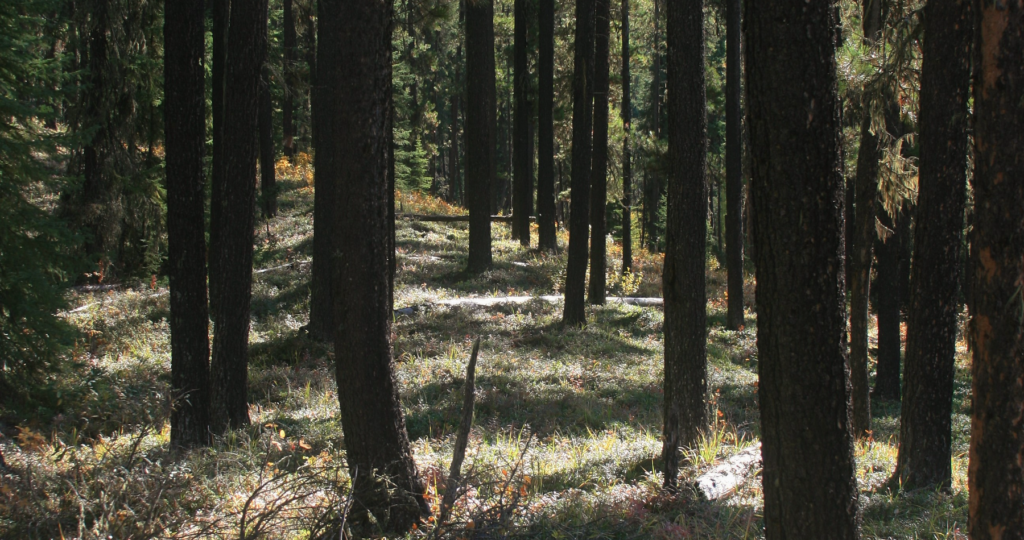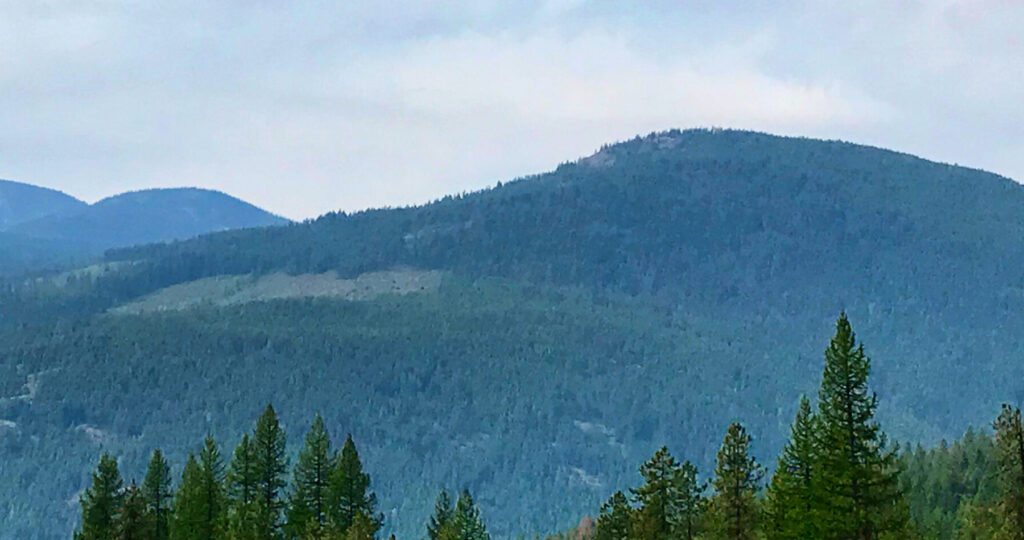Post Category : Field Life Local Archaeology
Animal Tracks – Wolves
Wolves are majestic, mysterious and terrifying. But of all the undomesticated animals, wolves probably have the closest relationship with humans.
Wolves are majestic, mysterious and terrifying. But of all the undomesticated animals, wolves probably have the closest relationship with humans. While co-existing with humans for tens of thousands of years, wolves have been the subject of myth, legend and persecution.
The Evolution of Wolves
The earliest known Subfamily of Caninae (the subfamily of which wolves belong to) was the Leptocyon, which appeared in North America around 34 million years ago and resembled a small fox. Canines would continue to evolve in North America until about 7 million years ago, when they dispersed into Asia, Europe and Africa. Several species branched away from the wolf lineage over the last 3 million years. These close relatives include jackals, African wild dogs, dholes (Asian wild dog), Ethiopian wolves, and coyotes. Pleistocene wolves (also known as Dire Wolves) were a larger subspecies of grey wolves that inhabited North America during the last ice age. They went extinct approximately 9,000 years ago.
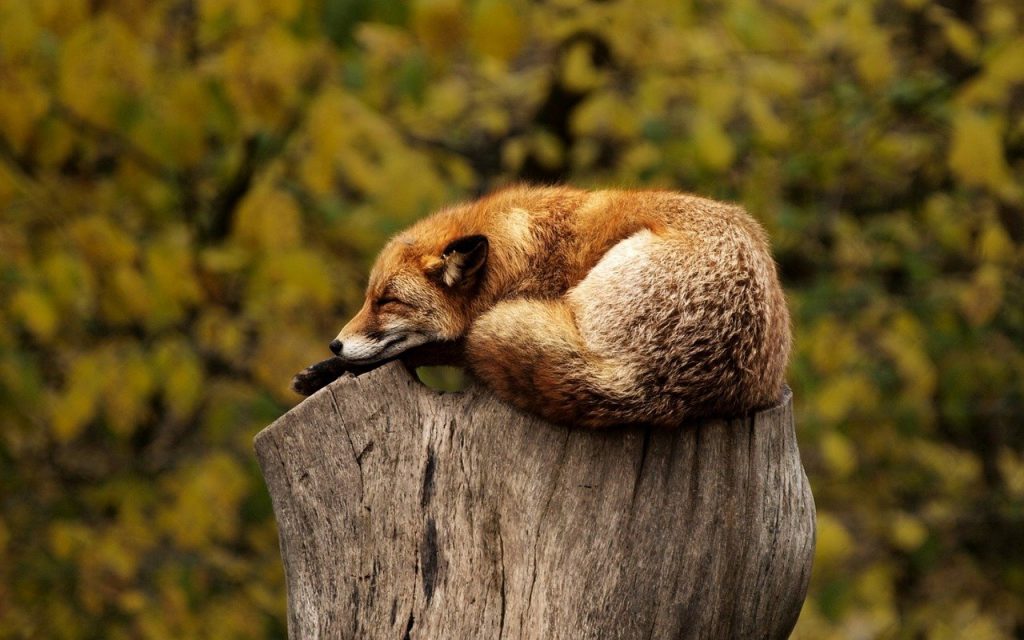
Grey wolves (Canis lupus) are the closest living relative to our most loyal friends. Wolves and dogs (Canis familiaris) are genetically indistinguishable and can interbreed to produce viable offspring. Wolves currently inhabit large swaths of the northern hemisphere. Their territory includes most Eurasian and middle eastern countries, eastern Europe and North America.
Man’s Not So Best Friend
Wolves have been the subject of ire and persecution by humans since time immemorial. Legends of wolves exist in almost every culture, but the relationship inherent in these legends is truly diverse. In Roman mythology, a she-wolf raised Romulus and Remus, (the brothers that founded Rome) who eventually killed one-another. Chinese culture traditionally associates wolves with greed and cruelty. Wolf epithets are the root of several negative turns of phrase. North American Indigenous traditions surrounding wolves are equally diverse. Navajo oral traditions depict witches that would turn into wolves by donning wolf skins. These evildoers would then kill people and raid graveyards. By contrast, Dene’ oral traditions depict wolves as brothers who were once human and wish to be close to their kin.
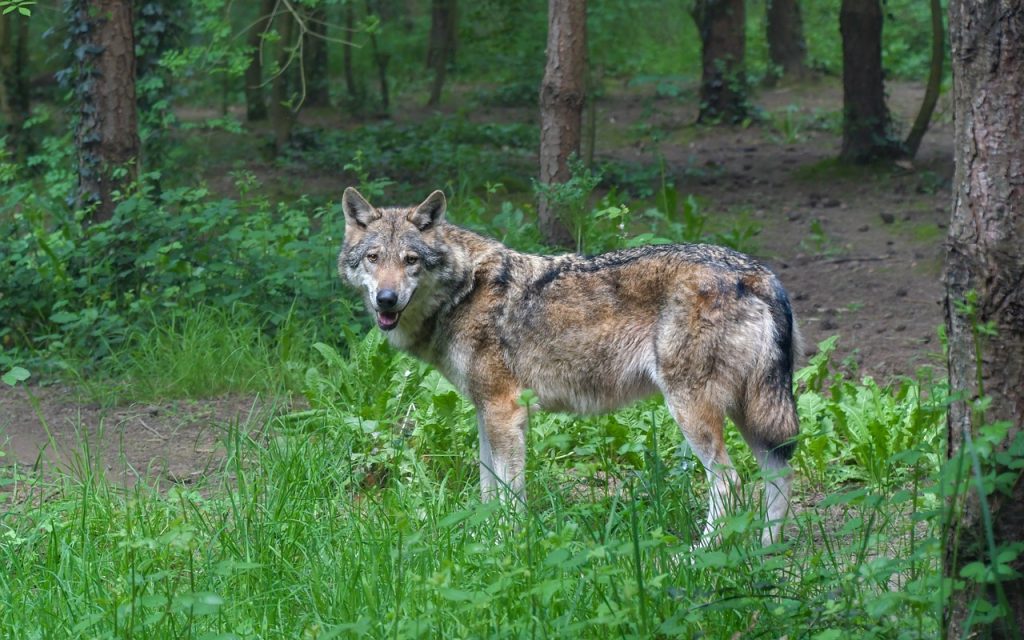
The fear of wolves attacking humans is common in many societies, but there have been very few recorded wolf attacks in recent history. Many of the recorded attacks can be attributed to rabies, food stress or habituation, which happens when wolves get used to feeding near humans. Between 1952 and 2002, there were only eight fatal attacks in all of Europe and Russia. However, this fear has resulted in an unrelenting persecution of wolves starting over 8,000 years ago. Wolves have also been systematically extirpated in many regions of the world (e.g. Western Europe and the United States) and wolf-hunting is practiced in almost all areas where wolves continue to exist.
Wolves in Alberta
Ember’s field staff regularly find wolf tracks and occasionally see wolves while out and about in the forest. I have personally had wolves seemingly surround me and howl for hours. A wolf has sneaked up behind me, only to run off as soon as I turned my head. While this is unnerving, wolf attacks are incredibly rare and almost unheard of in Alberta. But in 2019, a wolf attack in Banff, AB, was a good reminder that a wild animal in poor-shape and desperate for food can still be a viable threat. Given our shared history, evolution and their place in our psyche, wolves should be respected and given a wide berth when encountered in our nature. There are an estimated 50,000 to 60,000 wolves living in Canada. Approximately 7,000 of them are living in Alberta.
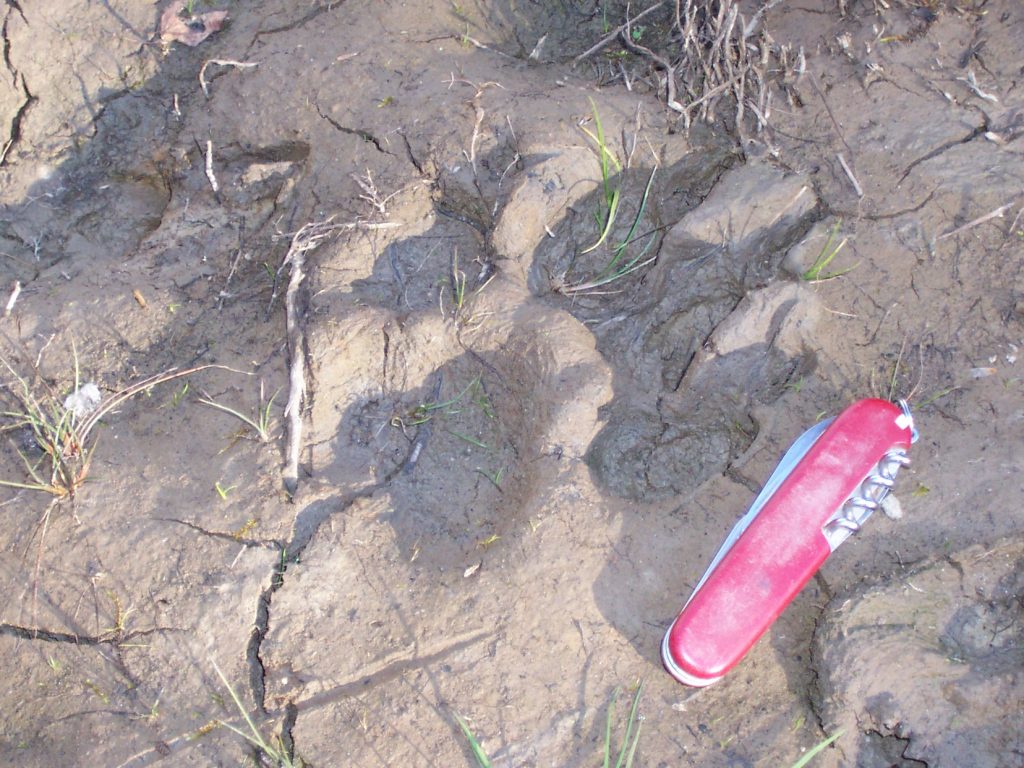
Recognizing the Signs
Wolf tracks are very easily identifiable, they look just like dog tracks! They are typically a little larger than most medium to large dogs’, with a central almost heart shaped pad with four toes. Wolves and dogs have five toes, but the one known as the dewclaw is vestigial and can be found partway up the foreleg. Wolves will have larger nails extending from the toe of tracks than dogs. Wolf tracks and cougar tracks are similar in size, but because cougars can retract there claws, they can be differentiated by the presence of claw marks. Cougar tracks also have three ‘lobes’ at the bottom, but wolves only have two. The Government of Alberta recommends keeping dogs on a leash while in wolf country, keeping food out of reach, and to never approach a wolf if seen in the wild.
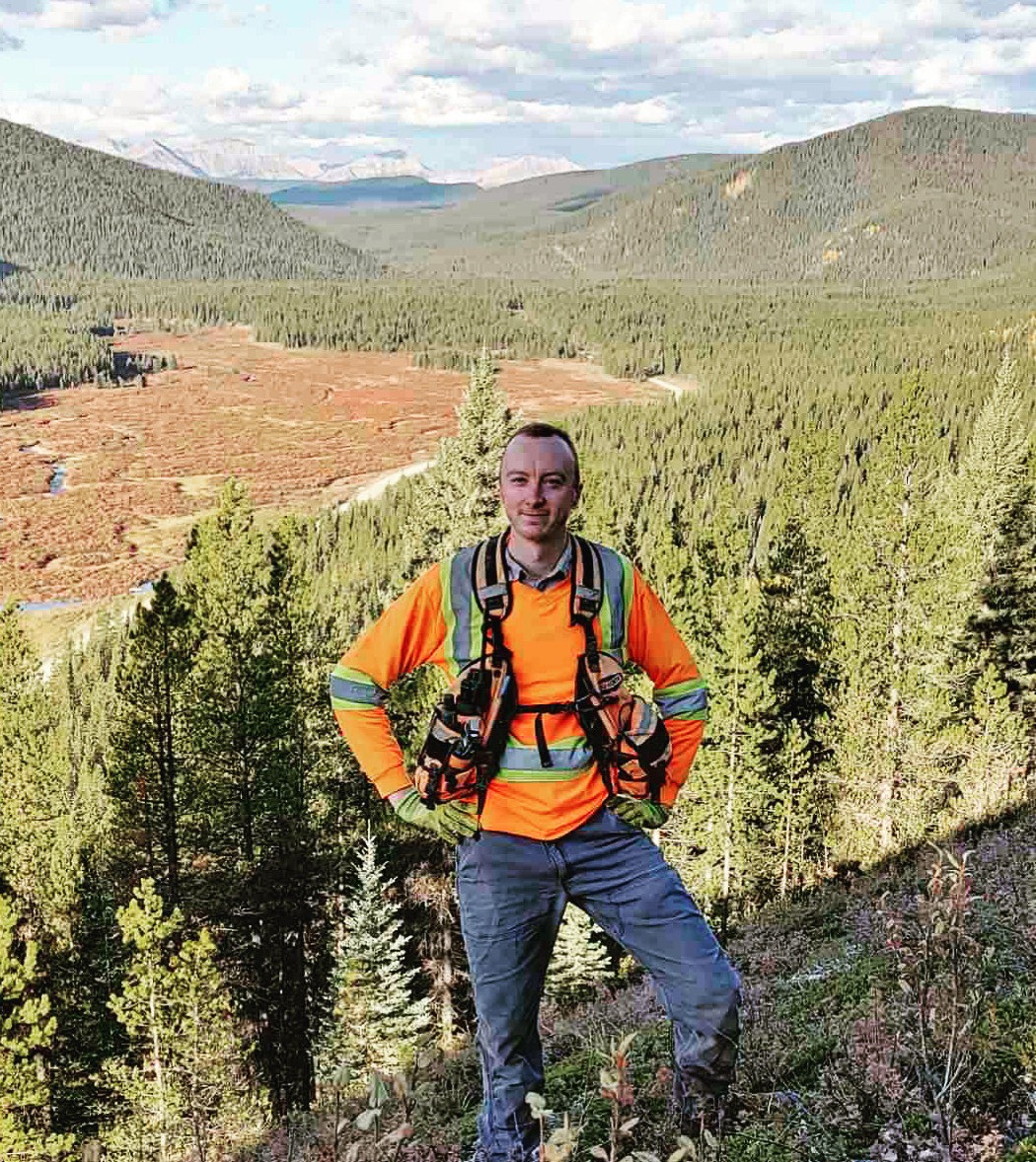
Timothy Allan
Permit Archaeologist
Timothy Allan is a Permit Archaeologist with Ember Archaeology. He has permit holder status in Alberta, and holds permits in the Boreal, Parkland, and Eastern Slopes regions. Timothy has authored publications on the analysis of stone materials that can be found at archaeological sites in Alberta. Timothy offers portable X-Ray Fluorescence testing as a service to help other archaeologists, museums and government agencies analyze obsidian, historic metals, and other artifacts. Timothy enjoys travelling, camping, and hiking across Alberta and Northern Canada, and feels right at home in the mountains either for work or just for fun.

